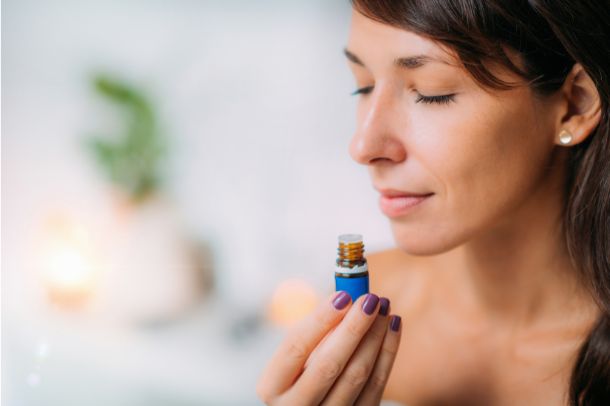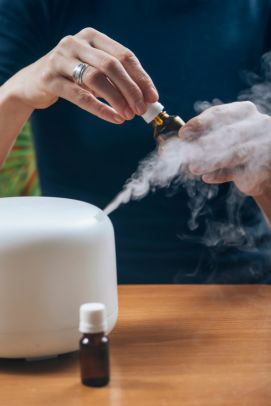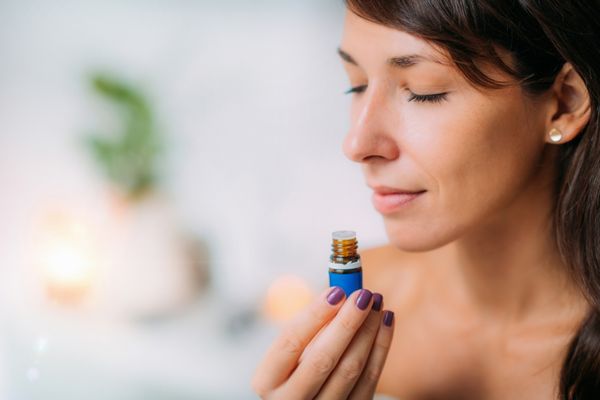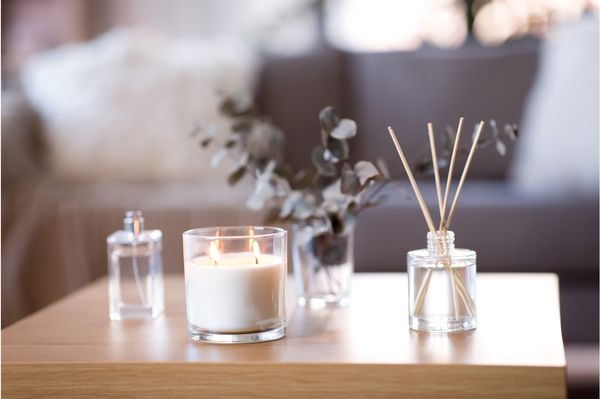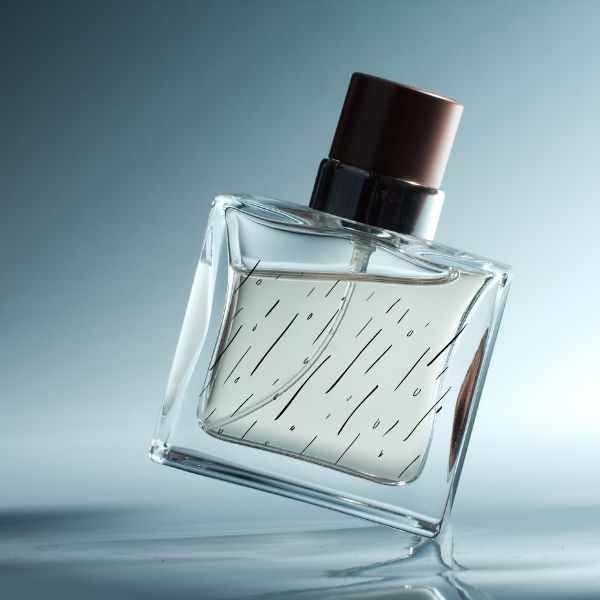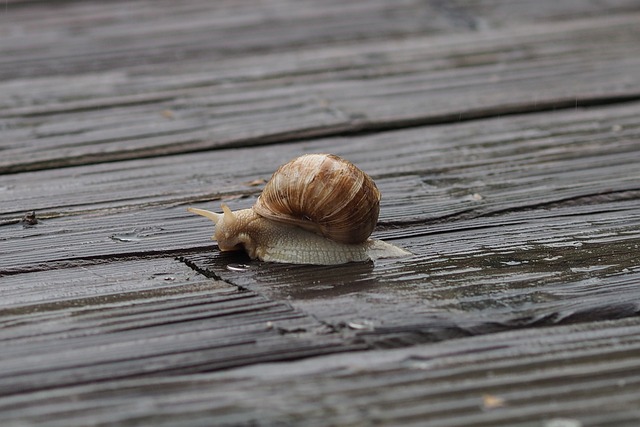No doubt, oils are a great way to make your home smell amazing. But petrichor oil stands out from the rest for one simple reason — it smells like rain. For anyone who’s ever taken a walk during or after a rainstorm, petrichor is that unmistakable scent of damp earth and clean air you can’t get enough of.
However, getting hold of petrichor oil isn’t always easy. There are barely any petrichor oil products in stores, and they’re often quite expensive. Luckily, you can make petrichor oil right at home with a few simple ingredients and an afternoon of experimentation.
Wondering how? Read on for a petrichor oil recipe you can try at home.
Petrichor: At a Glance
Before we get to the petrichor oil recipe, it’s important to understand what petrichor is. This is because, by knowing what petrichor is made of, you can better understand how to make petrichor oil at home.
Petrichor is more than just a pleasant smell — it’s actually made up of geosmin, ozone, and other compounds.
Geosmin is a compound produced by certain types of bacteria found in the soil, while ozone is created when lightning strikes petrichor-saturated air. There are also some natural plant oils, such as palmitic acid and stearic acid, that contribute to petrichor’s unique scent.
Now that you understand petrichor at a basic level, it’s time to get to the petrichor oil recipe.
What You’ll Need to Make Petrichor Oil
Making petrichor at home requires you to mimic this process using natural ingredients like herbs, essential oils, and vegetable oils. Here’s what you need:
1. Petrichor-Smelling Herbs
When it comes to making petrichor oil at home, petrichor-smelling herbs are an essential component. As their name suggests, petrichor-smelling herbs are the key ingredients that help create petrichor’s unique aroma of damp earth and clean air. But which herbs should you use?
There are several petrichor-smelling herbs you can choose from when making petrichor oil at home. Some of the most popular ones include:
- Lemon balm
- Oregano
- Basil
- Rosemary
- Thyme
- Sage
- Bay leaves
Each herb has its own distinct scent profile — for example, oregano has a sharp citrusy note, while basil is sweeter and more herbal — so experiment with different combinations until you find one that works best for your petrichor oil blend.
2. Mitti Attar
Mitti attar is an Indian oil extract made by hydro-distilling soil compounds, then binding them in sandalwood oil. This special type of oil has a unique aroma that captures the smell of rain and damp earth. It’s often used as a fragrance for perfumes, incense sticks, and other products due to its distinct scent.
Mitti attar is created using traditional steam distillation methods from petrichor-smelling herbs mixed with petrichor-saturated soil. The resulting liquid is then combined with sandalwood oil, giving it its signature scent that can last several days after being applied to skin or clothing.
As Mitti attar contains distilled soil compounds, it’s a great addition to petrichor oil. You can find Mitti attar online or at specialty stores that carry Indian and essential oils.
3. Other Essential Oils
Essential oils are a necessary component of petrichor oil, as they give petrichor its unique scent and longevity. Vetiver, Ho Wood, and Cedarwood are some popular essential oils you can use when making petrichor oil at home.
Vetiver is a fragrant grass native to India with a distinct smoky aroma. It’s often used in perfumes and incense sticks due to its long-lasting properties. When added to petrichor oil, it gives petrichor a subtle woody note with just the right amount of smokiness.
Ho Wood, also known as Chinese Camphor Oil, has a slightly sweet and woody aroma and citrusy undertones. It’s widely used in aromatherapy for its calming effects on the body and mind. Adding Ho Wood to petrichor oil will give petrichor added depth and complexity to its scent profile.
Lastly, Cedarwood is another essential oil commonly used in petrichor oil. It has earthy undertones with slight hints of spice — making it perfect for giving petrichor its signature damp, earthy smell. This earthy aroma also adds warmth and comfort to petrichor oil blends, making it ideal for those rainy days when you need something soothing yet inspiring.
When using any of these essential oils for your own petrichor oil blend, be sure to use only high-quality products from reputable sources such as health food stores or online vendors specializing in natural essential oils or aromatherapy products.
A Step-by-Step Guide to Making Petrichor Oil at Home
Now that you have all your ingredients ready, it’s time to put them together and make petrichor oil at home. Here’s a step-by-step guide on how to do it:
1. Prep Your Bottle
You’ll need an empty glass bottle to store your petrichor oil in. Ensure it’s airtight and non-porous so the petrichor scent won’t escape.
If you’re not using a dropper bottle, add a few drops of carrier oil or vegetable glycerin so the petrichor oil stays fresh and doesn’t evaporate over time.
2. Mix the Oils
Use a small funnel to add petrichor-scented herbs, Mitti attar, and essential oils into your bottle.
Make sure to use the right ratios of each oil depending on what kind of petrichor scent you want in the end. Usually, 3-8 drops of petrichor-scented herbs and essential oils, with 20 drops of Mitti attar, will do the trick.
3. Shake & Store
Once you have all your ingredients in the bottle, please give them a good shake so that they mix well together. This is also important because petrichor oil needs to be shaken before each use to disperse the scent properly.
Once you’ve shaken your bottle, store it in a cool and dark place — preferably away from direct sunlight. This will help keep your petrichor oil fresh and ready for use whenever you need it.
Final Thoughts
And that’s it! You now have your own petrichor oil blend that’s ready to be used. Petrichor oil is a great way to bring the scent of nature indoors and give your home or workplace an extra bit of comfort and coziness.
With a little bit of creativity and experimentation, you can create your own petrichor oil blend that’s perfect for your needs. So, go ahead and try it out — the possibilities are endless!




